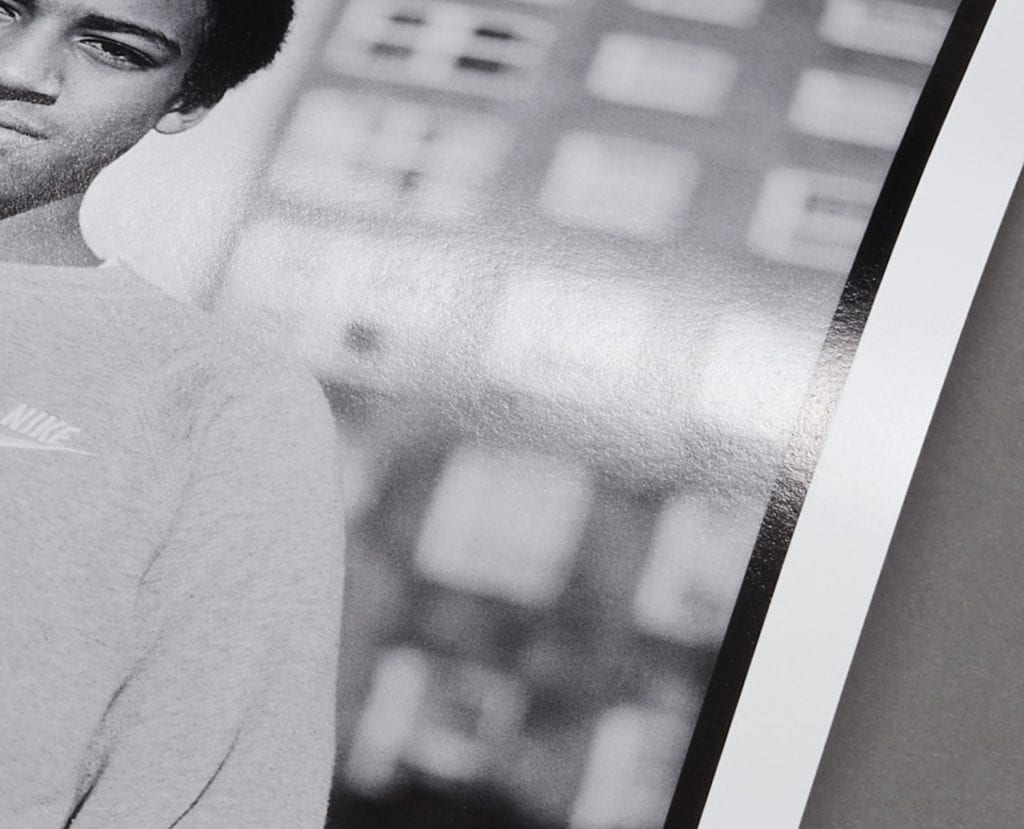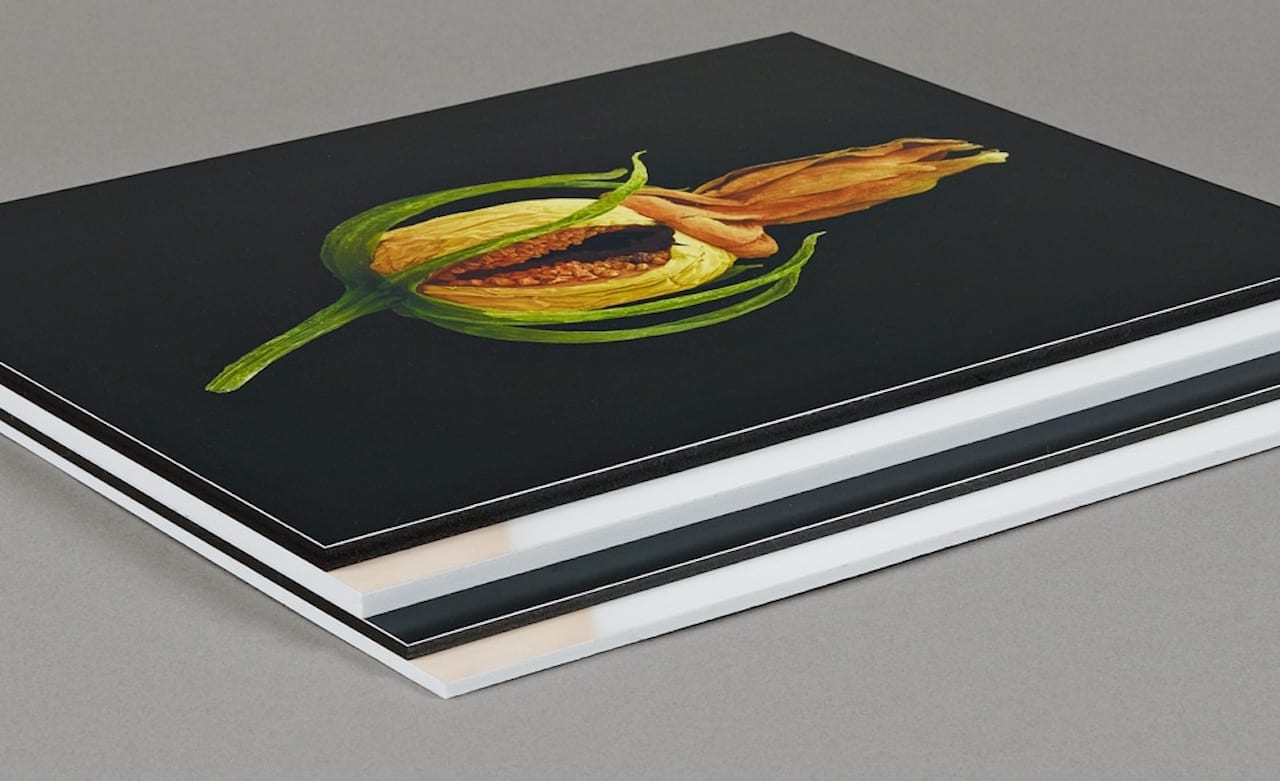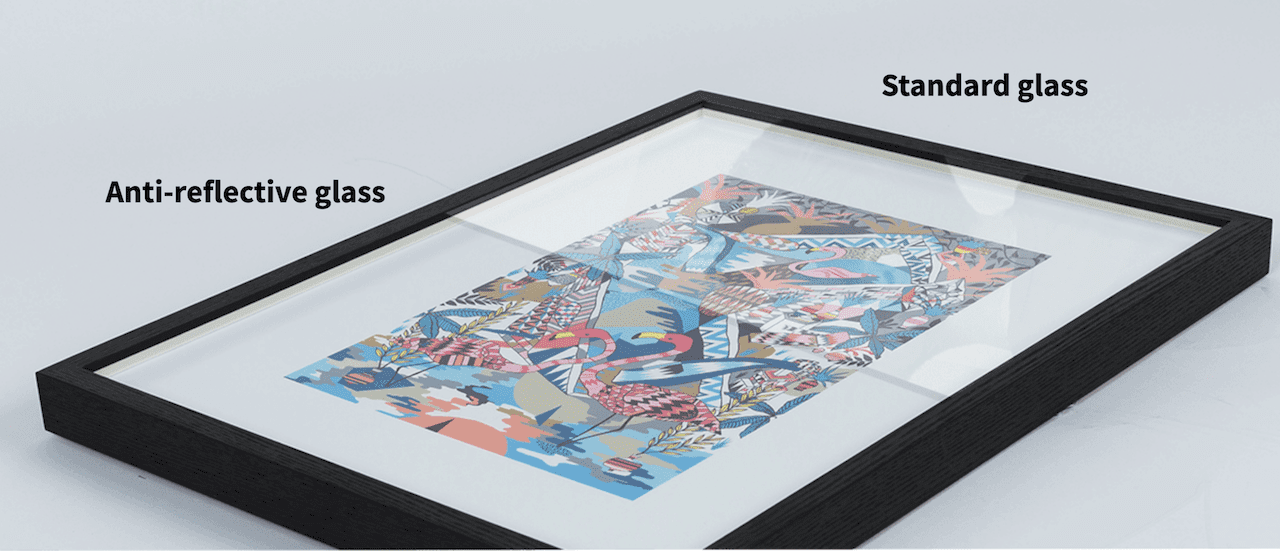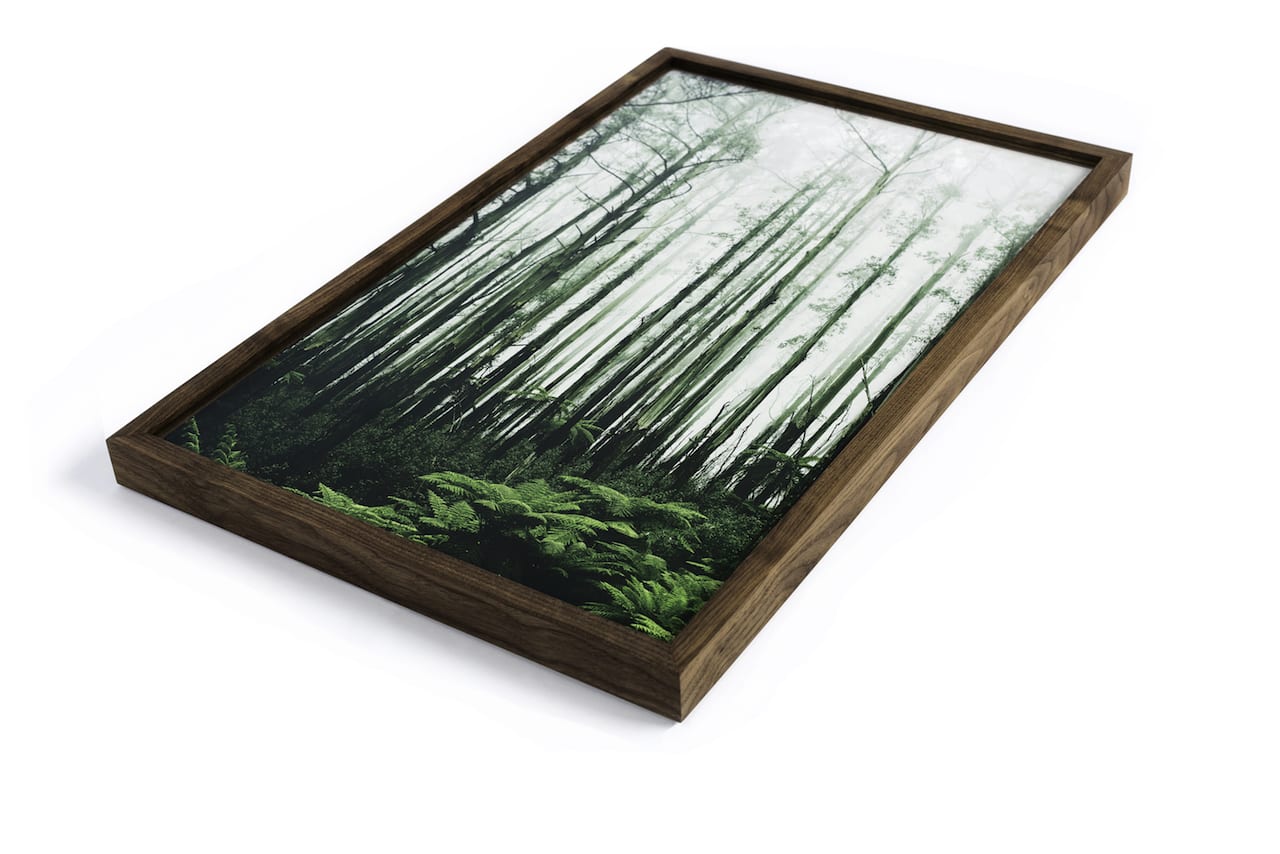When it comes to exhibiting your photography, every aspect has a vital role in showing your work at its best; from the type of paper you print on, to the way you present the final images. Yet, although exhibitions are a great way of getting your work seen, they can be expensive to produce. In the interview that follows, David Lucken of Shoreditch-based print and framing service theprintspace outlines the key factors to consider when producing an exhibition.
Established in 2007, theprintspace is a firm favourite among London-based creatives for its high quality art printing. As well as its expertise in printing, theprintspace hosts exhibitions in its east London gallery and recently showcased British Journal of Photography’s DJI Drone Photography Award.
What are the best options for early-career and student photographers, who are often printing their work for exhibition on a budget?
Even on a budget, you want good quality and value for money. C-Type printing is cheaper in price than Giclée printing but this does not mean lower quality; it is purely down to the raw materials from the manufacturers costing less. Also, look carefully at how you size your images for printing. Professional labs work in size brackets. You may save money by reducing the image size by a small amount. A 25in x 20in print may get charged at a 30in x 20in price, whereas reducing it by 1in to 24inx19in makes it fit in the lower size, and therefore price, bracket. There are also good value mounting options that look great and don’t cost too much. Foamex is a good example.

What is the purpose of mounting and why is it important?
Mounting your work for display keeps your prints flat on the wall and improves the look of your images. Prints can be pinned to the wall however, this can cause a distraction from the image with curly prints or nails in the way. Some of the more luxurious styles – such as acrylic reverse, where clear perspex is mounted over the top of your print and the artwork is backed with perspex, aluminium or Dibond – really enhance your images. Mounting also helps protect your prints from kinking and creasing when handling them.
What type of mounting would you recommend for students and early-career photographers?
Products at the lower end of the price scale – card or foam board – are fine, but have drawbacks such as the possibility of bending. I would recommend using Foamex. This is a fantastic material because you get a lovely clean edge and you can choose which colour will suit your image best. Velcro is easy to hang and robust for handling and transporting – a perfect option if you want to get the most out of your mounted work and use it several times in different locations.

Although the image is the centrepiece, a good frame is also crucial. What advice would you offer practitioners when they are selecting frames for an exhibition?
Bespoke framing solutions should be specific to each body of work to ensure the frame complements the image. It is important to get advice on the style of frame that will present your image at its best. Another decision that is important to take into account is the type of glass used in the frame. If the space that you are hanging the work in has neon strip lighting, or strong directional light shining onto the artwork we would advise choosing anti-reflective art glass to minimise glare.

Framing work can be expensive. What lower-budget options are there?
There are numerous places to buy off-the-shelf ready-made frames. However, these will generally be standard frame style and only in photographic or A-sizes. Also, when the artwork is fitted in the frame, it will be touching the glass which is not recommended. So be careful and choose wisely.
What makes for a good exhibition hang? Does it vary from show to show, or are there some universal rules?
There are no universal rules, and it depends on the body of work how you should go about hanging it. Having said that, you should always try to display the work in a compelling way that complements the narrative of the show. It is key to a successful exhibition. If you keep your images the same size and display them in rows, you want to make sure they are all the same height and level. If you have varying sizes you can display them in a more organic, scattered layout. Visiting galleries and seeing how others have hung their work can give you some inspiration on how to approach your own hang. Keep notes about particular aspects of installations that you like and when it comes to planning your own show, you can reference these and see if any could work in the context of your own work.

For practitioners keen to produce their own shows, is it important to get a professional opinion when preparing work for an exhibition?
We never stop learning and the more help and advice you can get on preparing your own exhibition, the better. There is a wide range of knowledge out there from professional photographers, galleries and professional labs, like us, who are more than willing to help and offer advice. There are also some fantastic avenues nowadays for financial help in putting together your exhibition. The crowdfunding platform Kickstarter is a good example.
While getting a professional opinion is extremely useful when preparing for an exhibition, talking through ideas with friends and colleagues is also invaluable. A fresh pair of eyes can sometimes reveal new interesting takes on the work that you may never have seen.
If you are looking to exhibit your work, theprintspace, the UK’s premiere fine art printers, are all you need for printing and framing solutions, helping you get the best out of your photography. They offer archival, museum quality printing and handmade bespoke framing as standard and are always on hand to give advice every step of the way. Click here to find out more.
